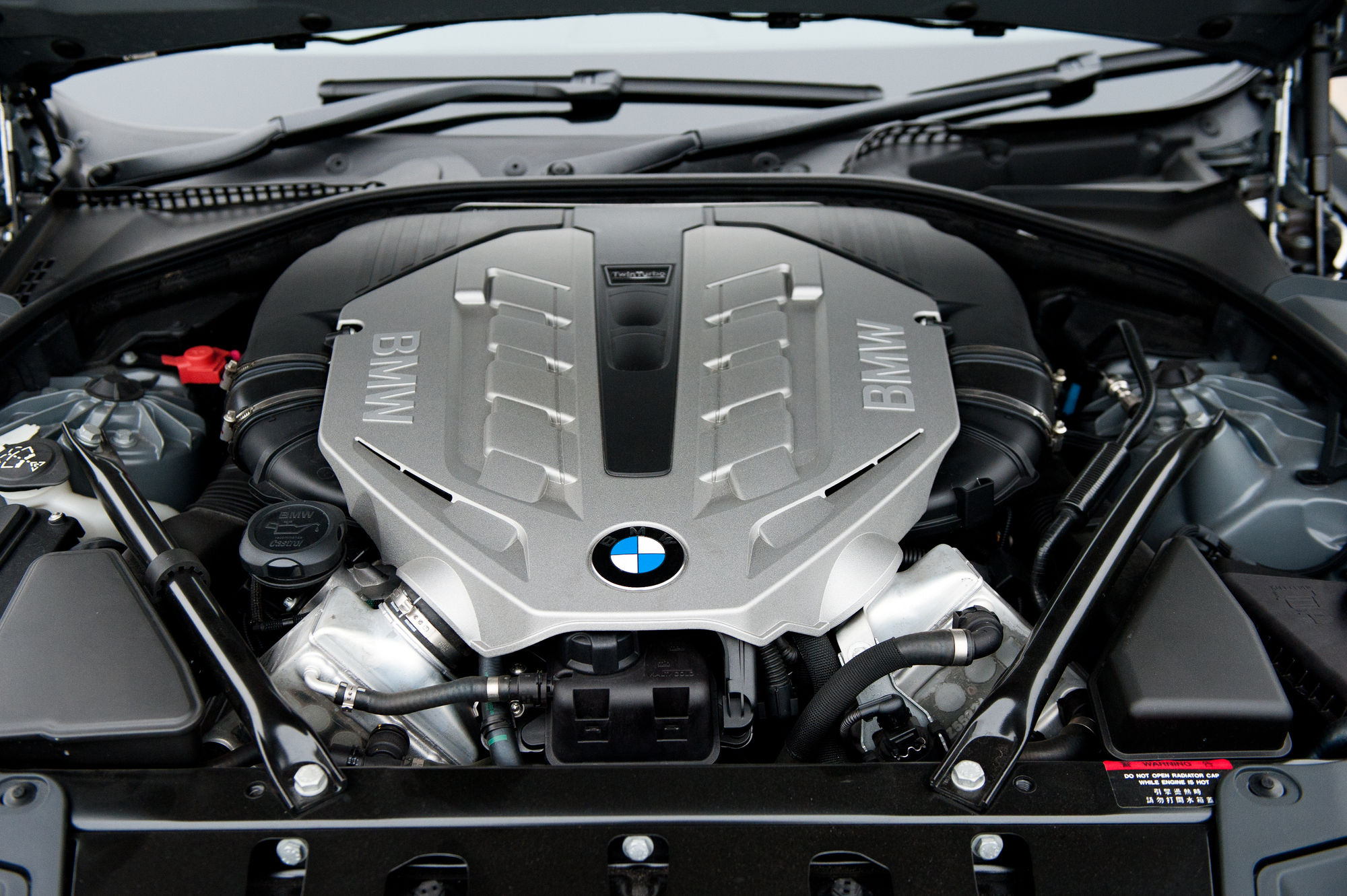Exploring the Efficiency Enhancements of the Latest BMW Engine Models
Wiki Article
Checking Out the Development of Combustion Engines in Modern Transport Solutions
As we browse the landscape of modern-day transport, the advancement of burning engines stands as a testimony to human resourcefulness and design expertise. From their modest starts to the innovative giants thrusting lorries today, burning engines have actually undertaken an impressive trip of innovation and adjustment. Recognizing the complexities of this development not only clarifies the past but additionally leads the means for picturing what exists ahead in the realm of transportation technology. The interaction of background, innovation, and environmental concerns fit the trajectory of burning engines creates a narrative that is both insightful and compelling.Very Early Beginnings of Combustion Engines
How did the principle of combustion engines initial arise in the early phases of transport growth? The roots of combustion engines can be mapped back to the 17th century when the concepts of inner combustion were initial discovered.The advancement moment came with the invention of the very first effective gasoline-powered engine by Karl Benz in 1885 - bmw engine. This engine led the way for the development of the contemporary auto, transforming transport systems worldwide. Succeeding innovations by Nikolaus Otto and Gottlieb Daimler additionally improved combustion engine technology, causing the automation of autos and the fast expansion of the transport sector
These early combustion engines were defined by their simpleness and performance, laying the foundation for the complex and effective engines utilized in modern transport systems. The evolution of combustion engines has actually contributed in shaping the method we travel and move products, marking a significant milestone in the background of transport advancement.
Transition to Internal Burning Modern Technology
The transition to inner burning modern technology noted a crucial change in the development of transportation systems. This change started in the late 19th century, with innovators like Nikolaus Otto and Gottlieb Daimler creating the first effective internal combustion engines. These engines revolutionized transport by supplying a much more effective and effective choice to vapor engines and electric motors.One of the key benefits of internal burning engines was their ability to be scaled down to suit lorries, leading to the advancement of motorcycles and vehicles. This change from cumbersome, fixed engines to small, mobile ones led the way for the modern transport systems we see today.
The transition to inner combustion technology likewise stimulated advancements in gas innovation, leading to the advancement of gasoline and diesel as main fuel sources for automobiles. This shift not only made transport a lot more accessible to the masses however also laid the structure for the oil and gas market to come to be essential to worldwide economic situations.
Influence of Combustion Engines on Transportation
The fostering of combustion engines in transportation systems militarized a profound change in the effectiveness and rate of global flexibility. Burning engines transformed transport by offering a flexible and trusted source of power for various automobiles, including cars and trucks, ships, aircrafts, and trucks. This advancement significantly boosted the ability for goods and people to relocate over fars away in shorter period, resulting in enhanced connection in between areas and nations.Moreover, the widespread use of burning engines has actually had a considerable effect on economic growth. The capacity to transport goods efficiently has spurred profession and business, permitting organizations to increase their markets and get to customers worldwide. This has actually assisted in financial growth and globalization, as products can currently be transported much faster and in bigger amounts than ever.
Nevertheless, the environmental impact of burning engines can not be overlooked. The combustion of fossil gas has actually brought about air contamination and greenhouse gas exhausts, adding to environment adjustment and posturing wellness threats to populaces. bmw engine. Consequently, there is an expanding emphasis on establishing different propulsion modern technologies to minimize these negative effects and develop an extra lasting future for transportation
Developments in Combustion Engine Layout
One notable development is the development of turbocharged engines, which utilize exhaust gases to drive a wind turbine that compresses incoming air, allowing for more fuel to be charred, resulting in enhanced power outcome without a official statement considerable boost in engine size. Variable valve timing systems have actually additionally changed engine layout by maximizing air movement at different engine speeds, enhancing both power and performance. These technologies jointly contribute to the continuous improvement of burning engines in modern-day transport systems.Future Patterns in Combustion Engine Growth
With innovation developments driving continual development, the future of burning engine development is positioned to transform transport systems worldwide. One of the vital trends in burning engine development is the press in the direction of higher performance a fantastic read and decreased exhausts.Another noticeable trend is the fostering of hybrid innovations in burning engines. Hybrid engines integrate typical combustion innovation with electric power, offering boosted gas efficiency and reduced exhausts. As the automobile market shifts towards electrification, hybrid combustion engines are seen as a transitional solution that links the space between conventional lorries and totally electrical ones.
Moreover, the integration of clever technologies, such as expert system and data analytics, is expected to play a considerable function in the future of combustion engine advancement. These innovations can enhance engine performance in real-time, resulting in more reliable burning processes and boosted total car performance. Welcoming these future fads will certainly not only drive innovation in burning engine advancement yet likewise contribute to an extra ecologically friendly and sustainable transportation ecological community.

Conclusion
In conclusion, the advancement of burning engines in contemporary transportation systems has been noted by substantial improvements in innovation and design. From the very early Discover More starts of combustion engines to the transition to inner burning technology, these engines have actually had an extensive effect on transportation.The origins of combustion engines can be traced back to the 17th century when the concepts of interior combustion were initial checked out. These engines revolutionized transport by using a more powerful and reliable option to steam engines and electrical motors.

Report this wiki page